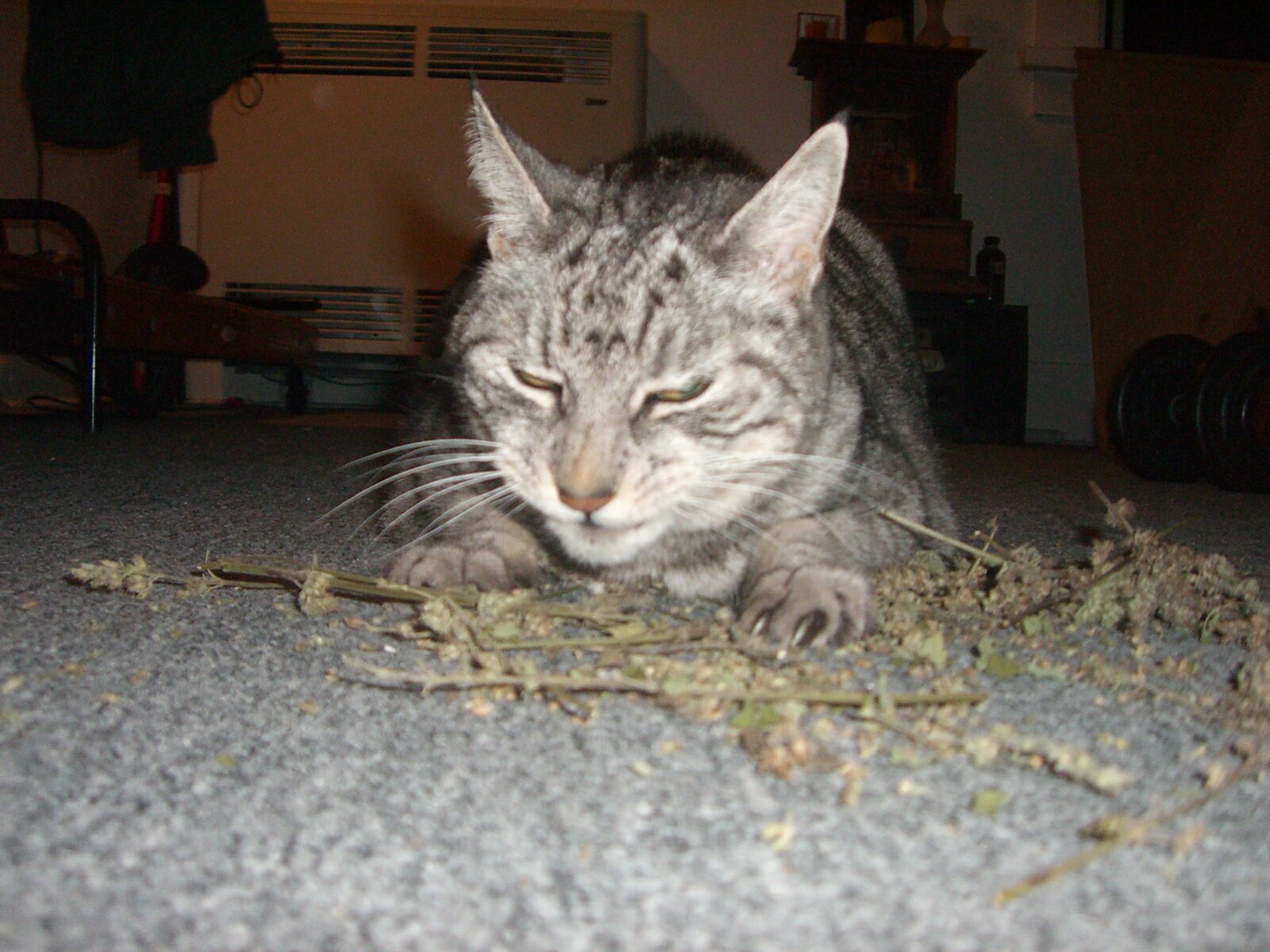Monsters on Highs

If animals use drugs and medications in our world, just imagine what they must get up to in a fantasy setting.
Dr. Eric Lis is a physician, gamer, and author of the Skirmisher Publishing LLC sourcebook, Insults & Injuries.
Today marks the 196th post in this series on medicine, science, and gaming. The 200th post will be on the weekend of October 15-16, which will coincidentally also mark 4 years, nearly to the day, that I have been writing it for Skirmisher/d-Infinity. Given the convenient congruence of milestones, it’s with some regret that I’ve decided that the 200th post will be my last one, as it’s time for me to move on to other projects. In the meantime, of course, I’ll still make sure that the remaining posts are as entertaining as anything else I’ve written.
Animals, like humans, use medications and take drugs, and if animals do this in our relatively boring world, just imagine the shenanigans that they must get up to in a fantasy setting.
The famous and quotable physician William Osler wrote that “the desire to take medicine is perhaps the greatest feature which distinguishes man from animals,” and amusingly, this is widely regarded as one of the things he got the most wrong in a lengthy career. There’s actually a wealth of evidence that animals self-medicate in a host of ways. Granted, we’ve never observed animals administering themselves, say, carefully calculated chemotherapy regimens, but many species eat clay, grass, or other substances to help themselves with digestion, and monkeys have been observed eating roots and tree bark seemingly to treat pain, and perhaps even infections. We don’t know the precise mechanism behind this; it’s a bit scary to imagine that there might actually be simian equivalents of wise women teaching other monkeys which barks are good for treating illness, because that’s a level of intelligence and communication skill that we’re often uncomfortable ascribing to non-humans, but on the other hand, it’s the kind of behaviour that’s difficult to chalk up only to “instinct.” Some of it undoubtedly is instinct, and we know that even humans will sometimes get a craving to eat clay or other indigestible substances when deficient in certain minerals, even though they obviously don’t know which minerals they lack.
Even more interesting is the fact that some animals seek out drugs and intoxicants. In some ways, this is easier to understand; you can imagine why an animal would shy away from a plant that can heal it but tastes bitter, and yet would seek out a substance which causes harm but makes it feel good. Just as humans will consume all sorts of deadly poisons to get a rush or a high, plenty of animals will do the same thing. Among the simians, monkeys have been seen going to great lengths to obtain fermented fruit, which of course contains alcohol, and although I’m under the impression that this was disproven, earlier this year there was a new story about monkeys mashing up fruit and deliberately leaving it to rot until it had transformed into a crude beer. Birds similarly fly great distances to find fermented fruit, passing up nearer and more easily obtained fresh fruits. Aside from its effects as a poison, alcohol can make many animals just as dangerous and belligerent as it can humans. There have been a few cases reported in India of elephants consuming wine and spirits that were left out and subsequently going on uncharacteristic village-leveling rampages. In a rare number of cases, articles claim that sober elephants entered human town and smashed buildings until they found alcohol, which suggests that they’re just as capable as humans of developing substance use disorders.
The existence of self-medicating animals naturally begs the question of whether self-medicating monsters exist in fantasy settings. To my knowledge, no one has ever tested whether alligators and crocodiles can become alcoholics, but as different as their brains are from ours, there’s every reason to believe that alcohol would have some similar effects, at least in terms of causing disorientation and confusion, though probably not behavioural disinhibition. What, then, would be its effect on a dragon, and how much trouble could one cause when it’s going into withdrawal and feeling desperate? PCP and other stimulants will make rats and other mammals more aggressive, which makes me wonder whether it might trigger spontaneous shape-changing in werewolves. Best of all, let’s not forget how substances which are perfectly innocuous in humans can have very powerful effects on other species, as in the case of plants such as catnip, so only the storyteller knows when gold, or bread, or soap or whatever will have an unexpected effect on a creature.




